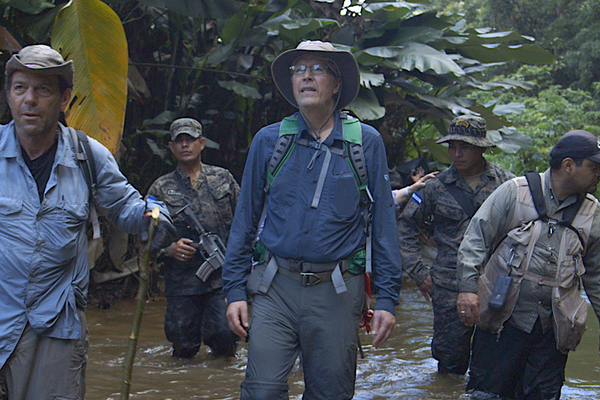The Fall of Angkor Was More Than a Century in the Making
New research suggests that the city’s demise wasn’t related to a sudden catastrophe, but rather, a choice.

One of history’s most perplexing mysteries has been what caused the collapse of Angkor, the capital of the Khmer Empire, during the 15th century. For decades, researchers have pointed to the abrupt abandonment of the city in 1431 as a sign that a sudden catastrophe had taken place. However, according to a new study published in the journal Proceedings of the National Academy of the Sciences, the fall of Angkor was much more gradual.
A popular theory about the cause of Angkor’s collapse centers around invading armies from the Thai kingdom of Ayutthaya. It’s believed that once the city was sacked, the remaining power structure relocated the kingdom to Phnom Penh, the present-day capital of Cambodia. But this new research suggests another narrative: The abandonment of the city wasn’t the result of a sudden calamity. In fact, it started almost a century earlier when the urban elite, fed up with the agrarian lifestyle and hoping to pursue more commercial opportunities, began to leave the city.
“We have discovered that land-use in the center of Angkor began to decline about 100 years before the traditional date for the abandonment of the city, suggesting that the demise of the city was slow and protracted rather than abrupt and catastrophic,” says Dan Penny, an associate professor from the University of Sydney’s School of Geosciences and the lead author of the study, via email. “This forces us to reconsider the reasons why the city was abandoned.”
One of the primary reasons that the demise of Angkor has been such a perplexing puzzle is that the Khmer left no written records, and the accounts that do exist were recorded centuries later. “This forces us to use other techniques to discover what happened to the city and its people,” says Penny.
To conduct its research, the team tested various core samples taken from a moat near the city’s walled citadel, known as Angkor Thom. By studying these samples, which contained pollen, charcoal, and other agricultural materials, scientists can get a glimpse of what was being grown and maintained in Angkor over centuries.
Core samples from the early 14th century showed a massive decrease in pollen and charcoal deposits, and showed little evidence of soil erosion, all pointing to a decrease in farming practices. The findings also suggest that toward the end of the century, the moat itself was no longer being maintained and was covered in a layer of thick vegetation.
Penny believes one reason for these failures in maintenance and the decrease in farming practices was that the prospects of international trade lured Angkor’s inhabitants elsewhere. Settlements closer to the Mekong and Tonle Sap River began to form and provided the Khmer elite with easier access to the South China Sea. “These so-called ‘middle period’ settlements were more exposed to and able to exploit opportunities associated with burgeoning international trade networks,” says Penny. These new settlements were also far from the ongoing territorial disputes with neighboring kingdoms taking place in and around Angkor. Over time, the city simply fell apart.








Follow us on Twitter to get the latest on the world's hidden wonders.
Like us on Facebook to get the latest on the world's hidden wonders.
Follow us on Twitter Like us on Facebook